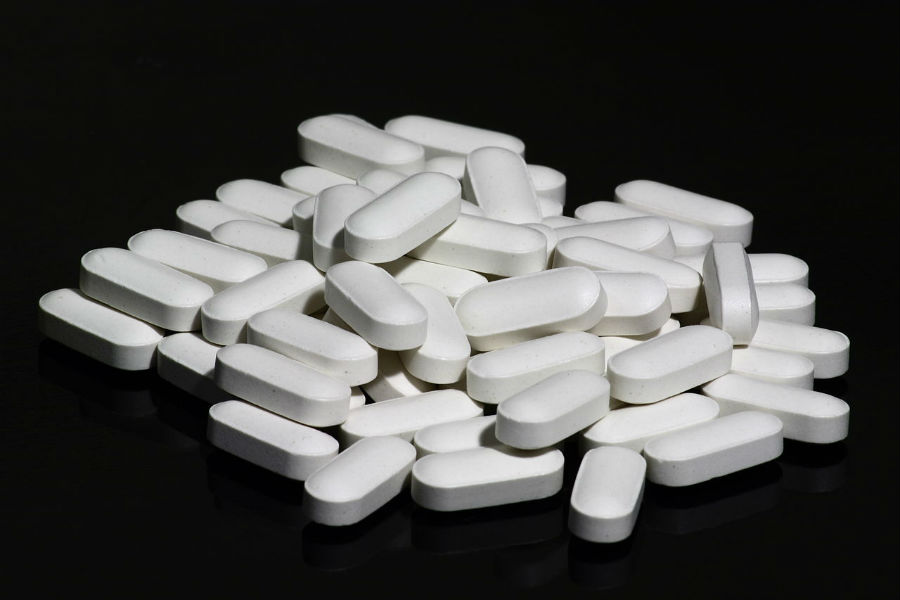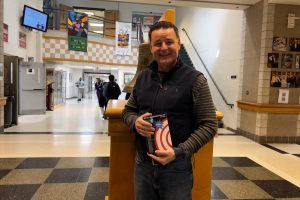Health department addresses opioid crisis in curriculum
October 3, 2017
With the recent opioid epidemic plaguing the country, Westford has kept the number of deaths caused by overdoses to a minimum. However, in 2017, the town surpassed the number of deaths that occurred in previous years, and the year is not over yet. With this information in mind, the WA Health Department has added on to the curriculum for high school students.
Health and Wellness Curriculum Coordinator Brian Roark emphasized that the freshman health curriculum is not specifically targeted at opioid use or the epidemic. Instead, they try to educate students on stress management, decision making, making healthy decisions, and aspects of social and emotional health, such as safety and injury prevention, substance abuse and its mental, physical, emotional, and financial side affects on users and families.
“We really try to educate students about themselves as individuals and some of the choices they are going to have to make,” Roark said.
Although the curriculum will continue that way, there will be some new additions this year.
First of all, there will be a screening for all students that will look at the school’s ability to have conversation with students about anything they might be struggling with as students or as teenagers. The format and technicalities of this is currently in the works and has not been finalized.
There will also be a new life skills curriculum for students in third grade all the way up to their senior year.
“What that’s really going to take a look at, as I said earlier, being comfortable with who you are as an individual, and giving students the skills that are necessary in order to be comfortable with saying ‘No, I’m okay with this and who I am as an individual, I don’t this substance to take in order to feel happy with myself’,” Roark said.
Additionally, Project Purple and Students Against Destructive Decisions (SADD), two school organizations which work together. Part of the focuses this year for both organizations are drug and alcohol prevention, drunk driving, and healthy alternatives. SADD is also planning a WA Community Outreach, and Project Purple wants to have basketball player and motivational speaker Chris Herren come into the school.
The school is making use of the Youth Risk Behavior Survey, which is done every two years. It gives information on what all high school students could struggle with, including substance abuse.
“That information really helps us to drive our curriculum and decision-making,” said Roark.
Finally, Roark emphasized the need of multiple programs to hit all aspects of opioid epidemic, as the freshman heath curriculum only focuses on some of it. He wants to make sure the new screening along with the senior and freshman health programs cover as much of the opioid topic as possible.
“We’re hoping that this information within our curriculum touches on different aspects of it,” Roark said.







